US President Donald Trump called Prime Minister Narendra Modi to convey his greetings on the latter’s 75th birthday. After the call, Trump’s post on Truth Social noted, inter alia, “Narendra: Thank you for your support on ending the war between Russia and Ukraine.” Modi’s post, carried on Truth Social and X, while thanking Trump for his “warm greetings”, stated, “We support your initiatives towards a peaceful resolution of the Ukraine conflict.”
PM Modi has always favoured an end to the Ukraine war. He has pointed to the paths of diplomacy and negotiations to resolve differences between the two countries. Sitting beside Russian President Vladimir Putin on the margins of the Shanghai Cooperation Organisation (SCO) summit in September 2022, Modi had told him that this was not an era for war.
Trump has accorded high priority to ending the Ukraine war. Unlike his predecessor, Joe Biden, who pushed for Putin to be considered an international pariah, Trump has had an engagement with him from the time he was elected President in November last year. His special envoy, Steve Witkoff, has maintained a dialogue with Putin’s advisors and has sometimes met Putin himself to find a diplomatic way out of the conflict. Finally, Trump met Putin at a US military base on US soil in Alaska on August 15.
In the media briefing after their summit, at which both Presidents were present, Trump said that while the meeting was productive it had not resolved all issues regarding the conflict. He also put the onus of reaching an agreement to end the conflict on Ukraine and Russia while indicating that he would remain involved. He ended on a positive note when he told Putin that he would be speaking to him and “probably meet him very soon”. That positivity has evaporated in the weeks that have passed since the meeting. Putin has remained adamant. He has stuck to Russian requirements to end the war. Meanwhile, he has continued to bomb Ukraine.
Impact Shorts
More ShortsTo take his mediation forward, Trump met with Ukraine’s President Volodymyr Zelenskyy at the White House on August 18. After their bilateral meeting the two were joined by major European leaders: the French President, the German Chancellor, the Prime Ministers of Britain and Italy, the Finnish President, the Secretary-General of NATO and the EU Commission President.
From the beginning of the Ukraine war the Europeans have been deeply concerned that the first major war on the continent after the Second World War has irretrievably damaged the European security order. That order is based on the idea of respect for sovereignty and territorial integrity. There is, of course, a great deal of hypocrisy at play in all this, but the Europeans have ideally wanted that status quo ante to be restored in Ukraine. They know this is impossible but are formally reluctant to give up this position. This is unlike Trump, who is aware that Humpty-Dumpty has broken and Europe would need new security structures.
All these factors were witnessed in the August 18 meeting. The Europeans stressed that any settlement to end the war would need security guarantees and that the US would have to be part of it. Zelenskyy emphasised that durable security guarantees would be needed. On the issue of Ukraine’s territories—some 20 per cent of the country’s territory is in Russian control—Zelenskyy said that the issue would be discussed in the trilateral meeting. On its part, Ukraine would like Trump to be present when a Russia-Ukraine summit takes place. Trump said that he would be there if both parties wanted him to do so.
The only leader who directly raised the need for a ceasefire was the German Chancellor. It is interesting that Trump told him that the US had succeeded in putting an end to many wars without ceasefires. That indicates that Trump would not like to get bogged down in ceasefire talks but go toward conflict resolution. He has obviously been told by Putin that he would not agree to a ceasefire. That is because Putin wants to continue his efforts to erode Ukraine and Europe’s will by continuing the armed conflict. That is his main card because the balance of forces is in his favour on the battlefield even if his army is not making any great advance to take areas in the Donbas. This region has been formally amalgamated by Russia as part of its territory but is within Ukraine’s control. Some of these areas are critical for the defence of central Ukrainian territories including its capital, Kyiv.
With all the caution that he could exercise, Trump gave the impression after the two summits that he would be able to work his magic and get Putin and Zelenskyy together along with himself and hammer out a deal. That has not happened even though a month has passed. This has naturally deeply embarrassed Trump. He has publicly indicated a feeling of frustration and has called for pressure to be mounted on Putin. For this he wants the G7 to join the US in imposing heavy tariffs on countries that purchase Russian oil. The main importers are China and India. European countries are wary of offending the Chinese. Not only are they dependent on Chinese supply chains in semi-manufactures but also on obtaining critical raw materials for products based on advanced technologies that need these raw materials. Trump has also asked NATO to stop purchasing Russian oil.
In the past month Putin has probed NATO. Russian drones have entered Polish and Romanian airspace. These could not have been accidents. He has also indicated that security guarantees for Ukraine cannot mean the presence of troops of other European countries on its territory. He has continued to rule out Ukraine becoming part of European structures. What he actually wants is that Ukraine should be within the Russian sphere of influence and have a government friendly with Russia.
Putin’s presence at the SCO summit in Tianjin and at the Chinese army parade that followed showed that he can rely on China. The Chinese are putting no pressure on him on the Ukraine issue. They have not got involved in it. They are happily watching the US and Europe spend their resources in Ukraine and the latter painfully readjust the continent’s security order and pay more for defence, while their support for Russia does not impose any real financial costs on them.
Faced with Putin’s intransigence, Trump is putting pressure on Ukraine to get matters moving. This means that he wants the Ukrainian leadership and people to let go of the territories that they have lost and move on. After all, he had also accepted his country’s strategic defeat in the “forever war” in Afghanistan, and that too at the hands of the Taliban. But it is one thing to accept defeat in a foreign war and quite another for a country to accept the loss of 20 per cent of its territory. Besides, if the Russians have their way Ukraine will have its sovereignty eroded. It would seem that Trump feels that Ukraine has to accept that, but he is angry with Putin also for not showing any flexibility.
The events of the last month show that highly publicised summits cannot lead to shortcuts to the attainment of peace. Short of a miracle, the road to peace in the Ukraine conflict is long.
The writer is a former Indian diplomat who served as India’s Ambassador to Afghanistan and Myanmar, and as secretary, the Ministry of External Affairs. Views expressed in the above piece are personal and solely those of the author. They do not necessarily reflect Firstpost’s views.


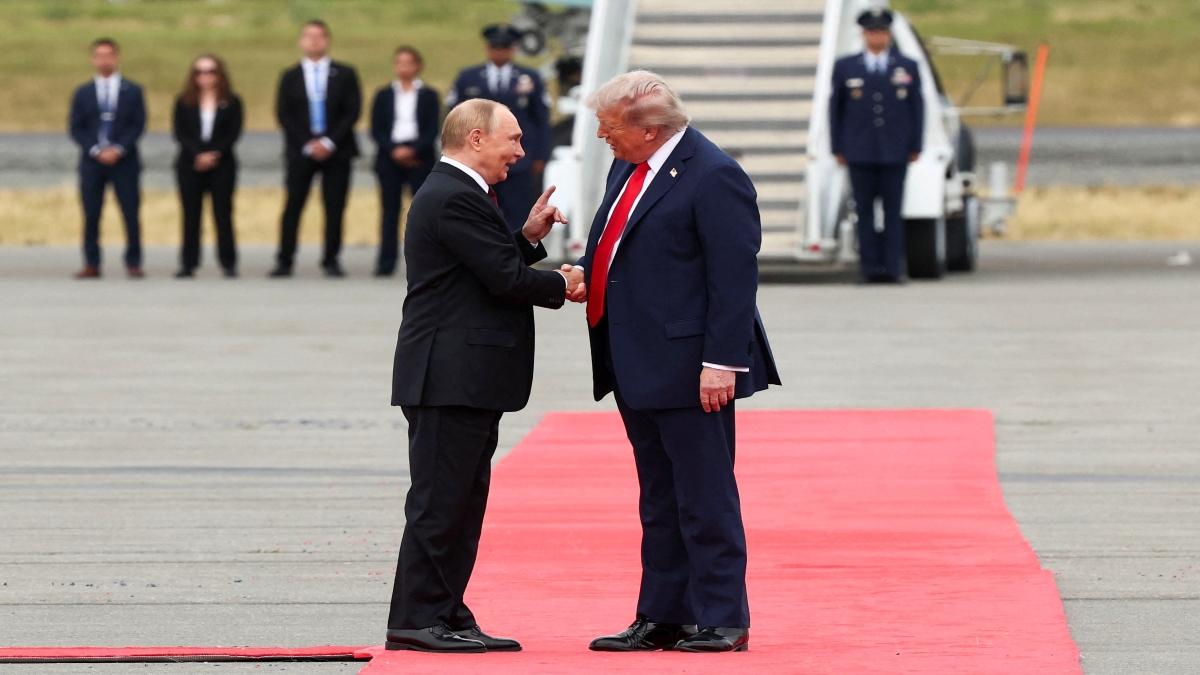)
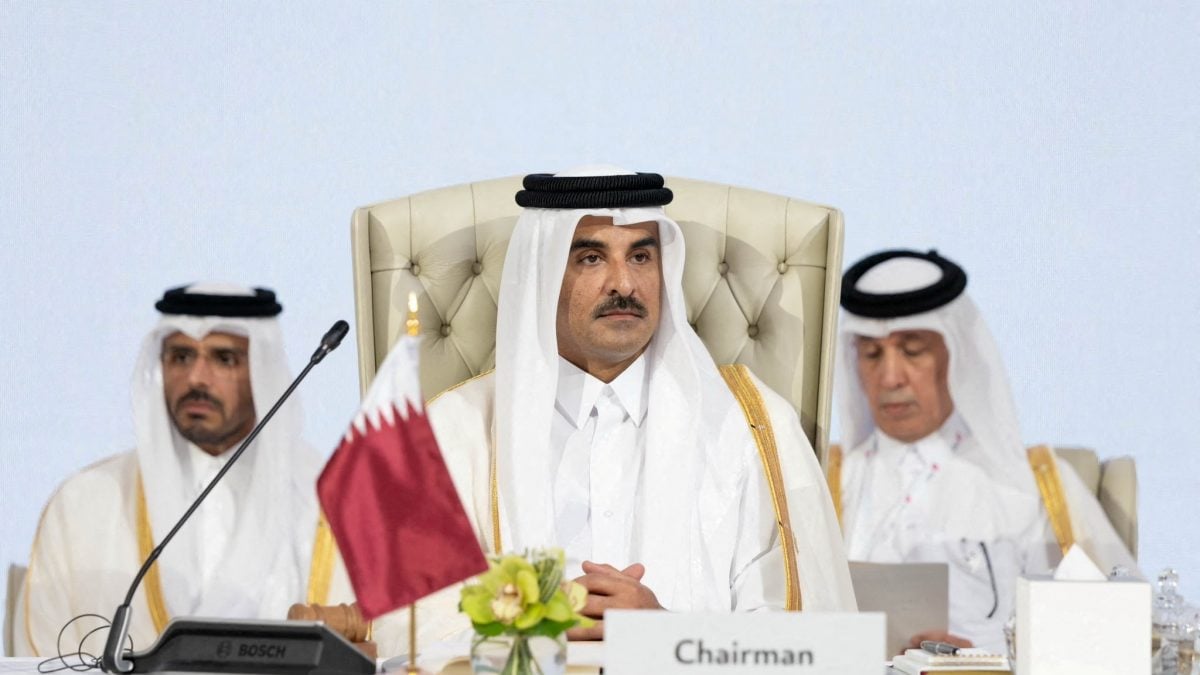
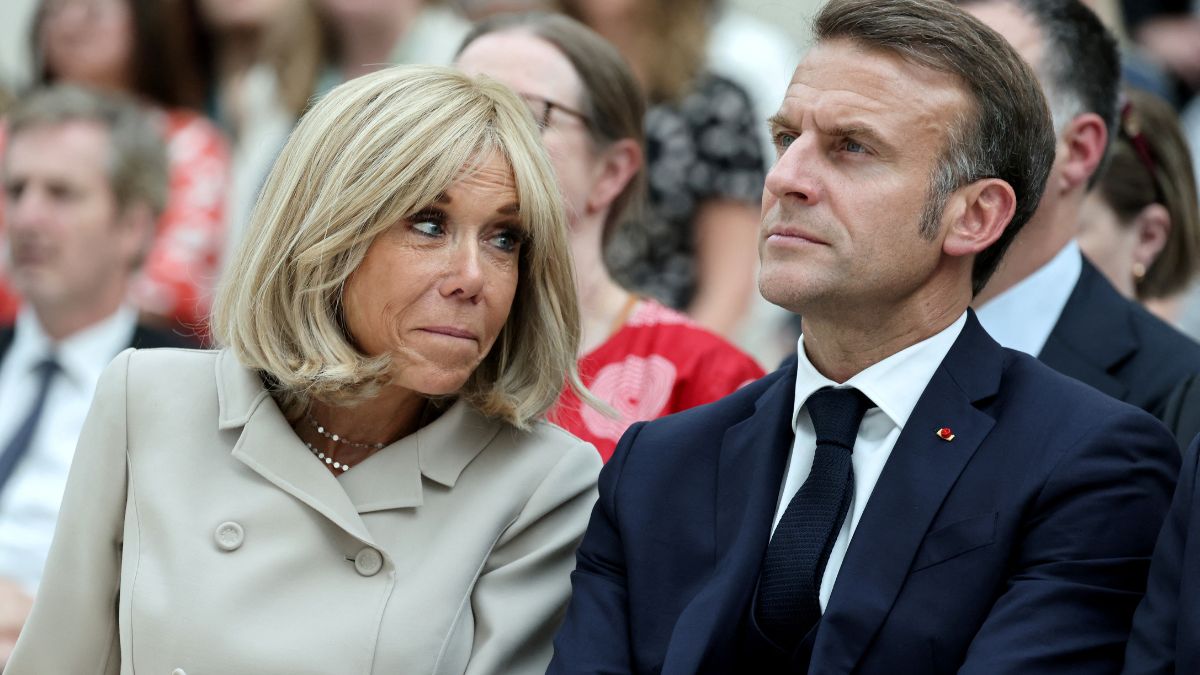)
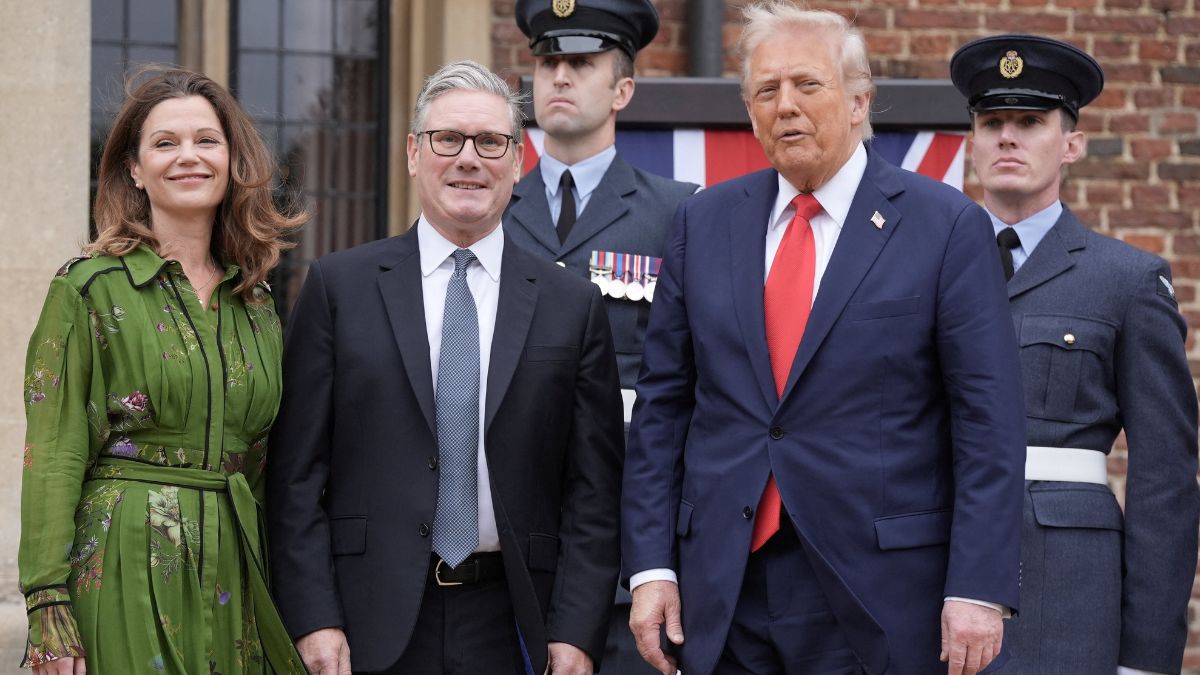)
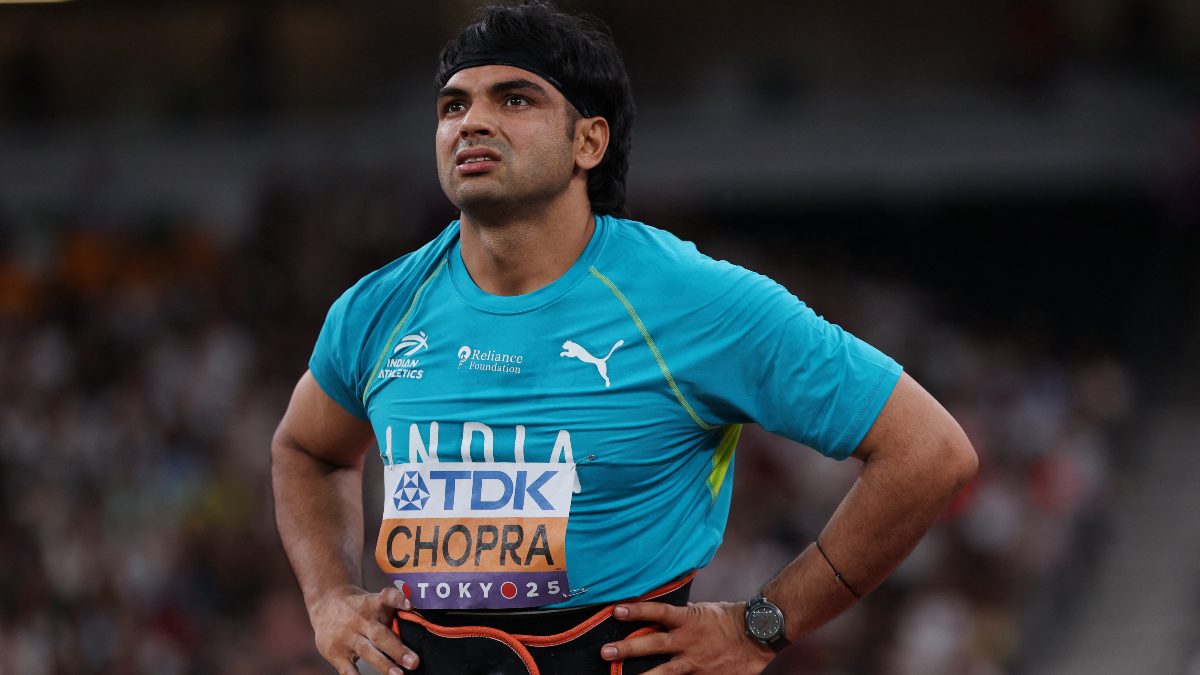)
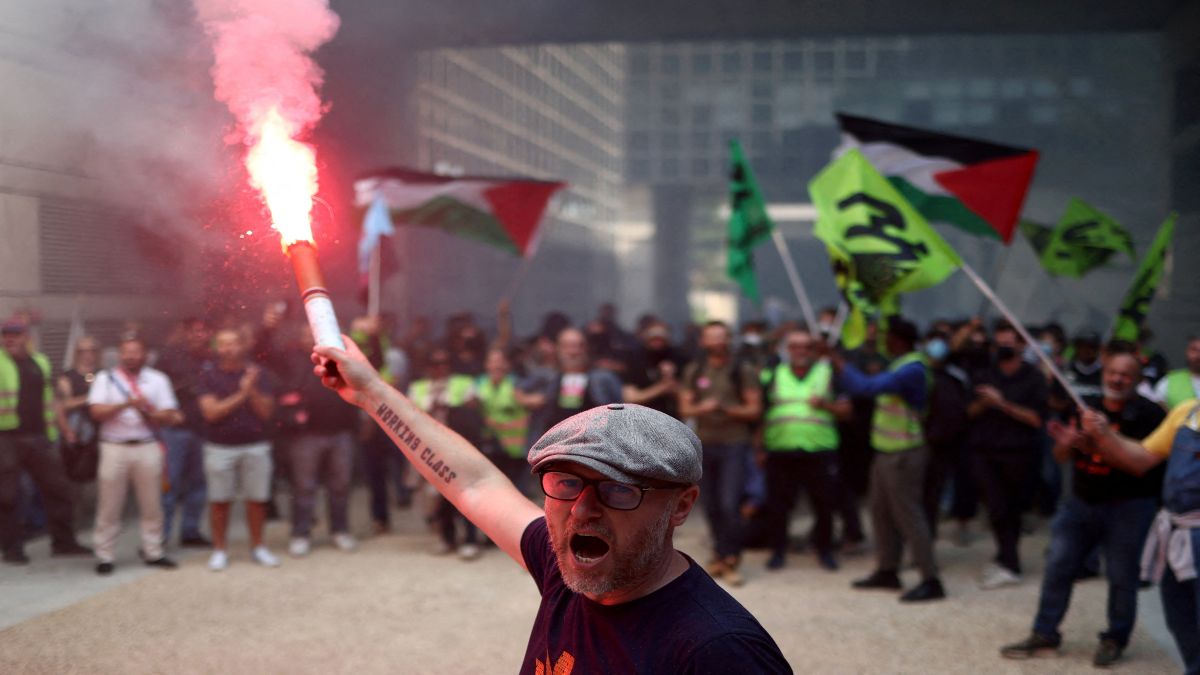)
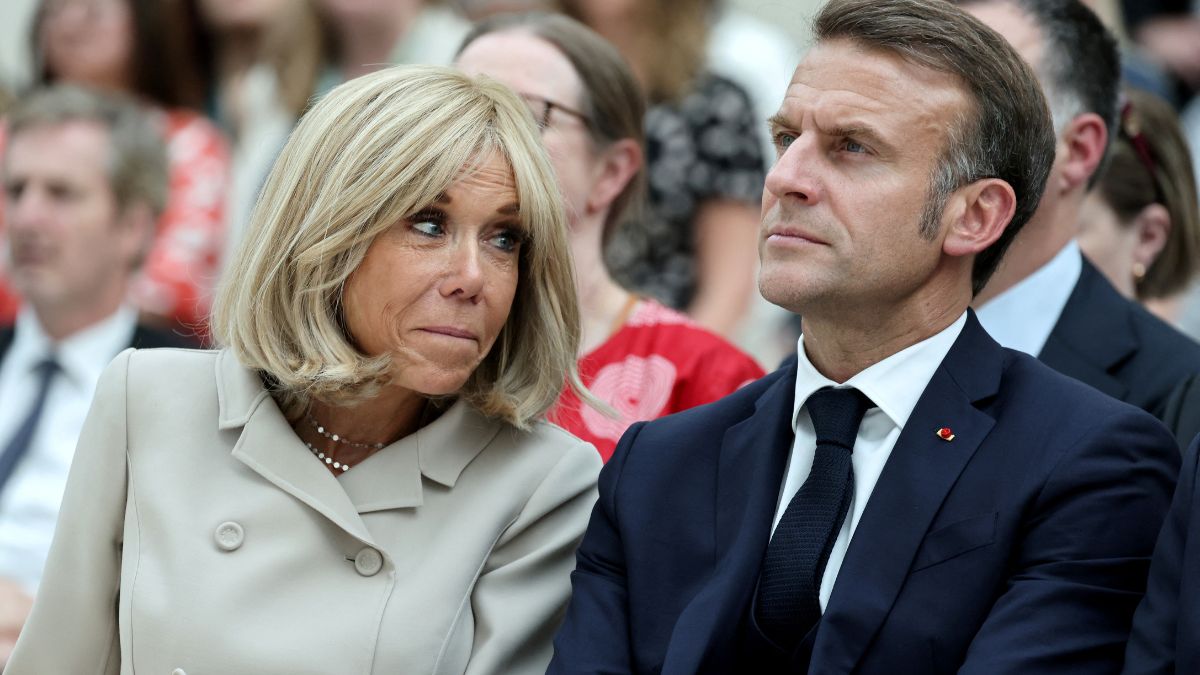)
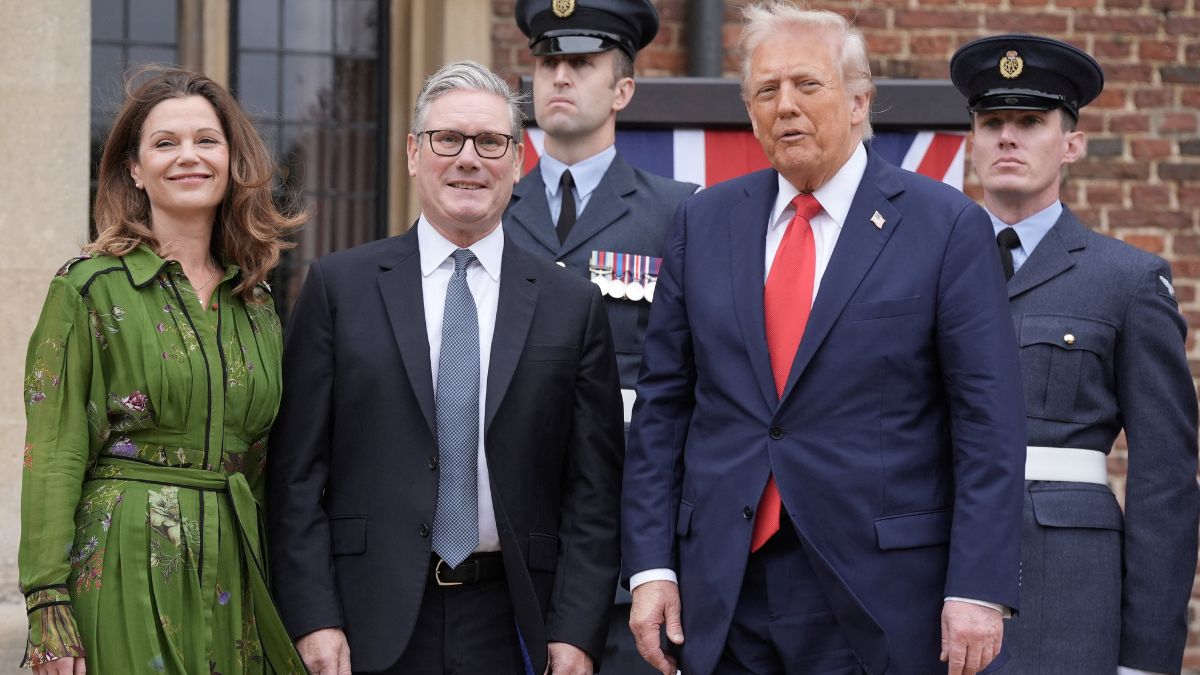)
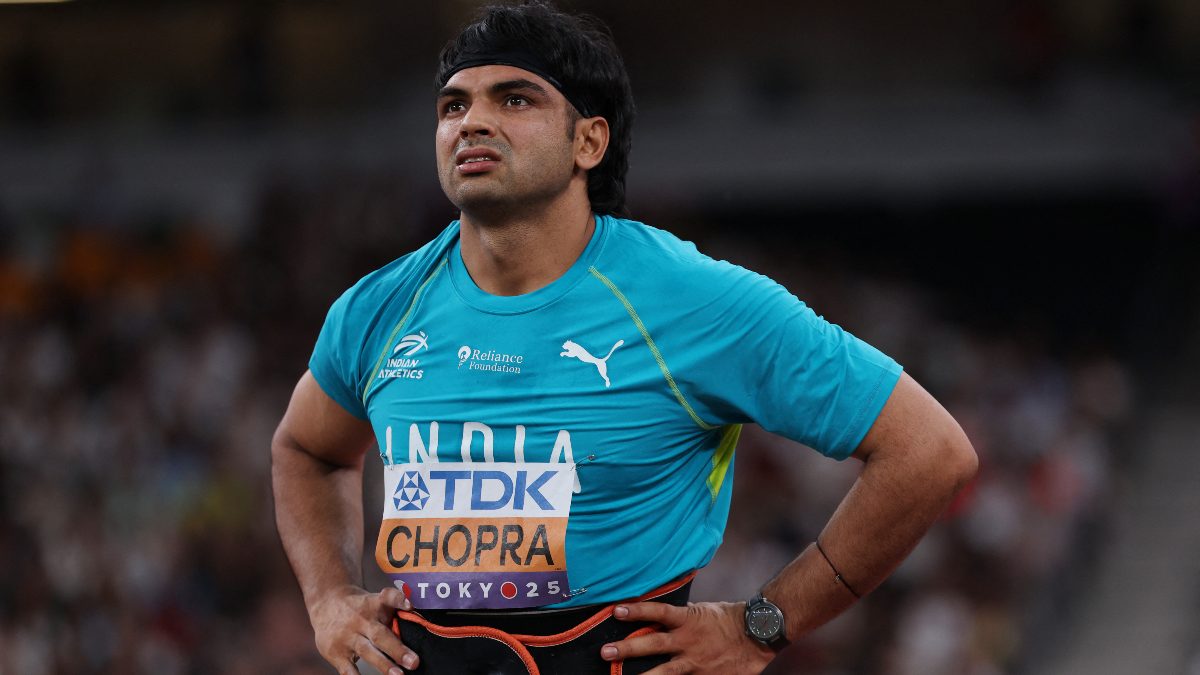)
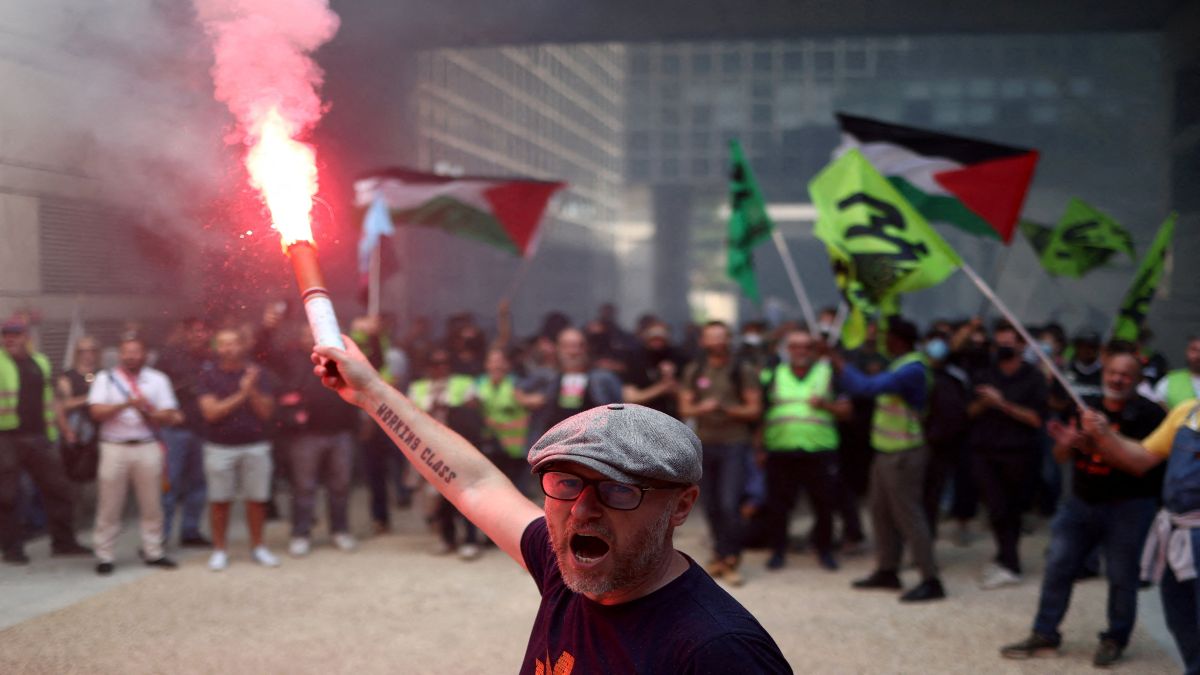)



